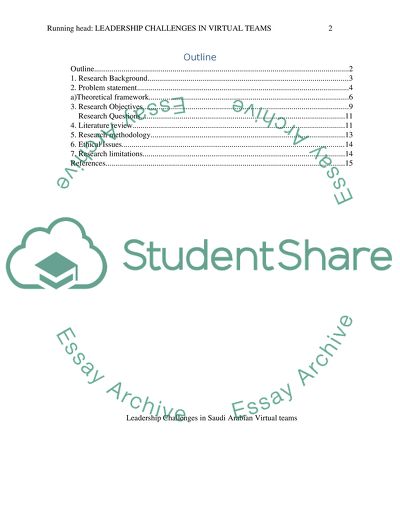Cite this document
(“Leadership Challenges in Virtual Teams Research Proposal”, n.d.)
Retrieved from https://studentshare.org/human-resources/1493812-leadership-challenges-in-virtual-teams
Retrieved from https://studentshare.org/human-resources/1493812-leadership-challenges-in-virtual-teams
(Leadership Challenges in Virtual Teams Research Proposal)
https://studentshare.org/human-resources/1493812-leadership-challenges-in-virtual-teams.
https://studentshare.org/human-resources/1493812-leadership-challenges-in-virtual-teams.
“Leadership Challenges in Virtual Teams Research Proposal”, n.d. https://studentshare.org/human-resources/1493812-leadership-challenges-in-virtual-teams.


